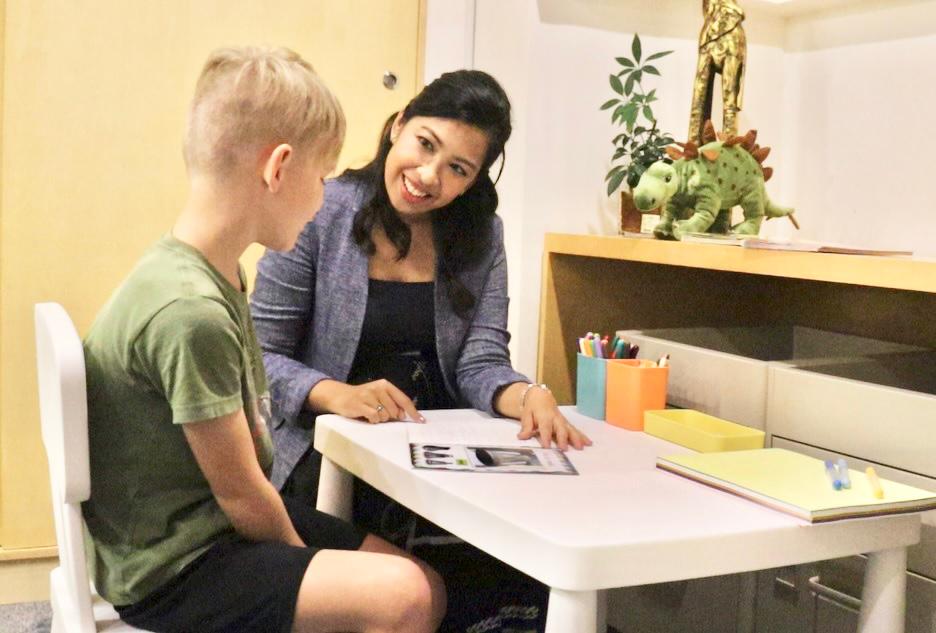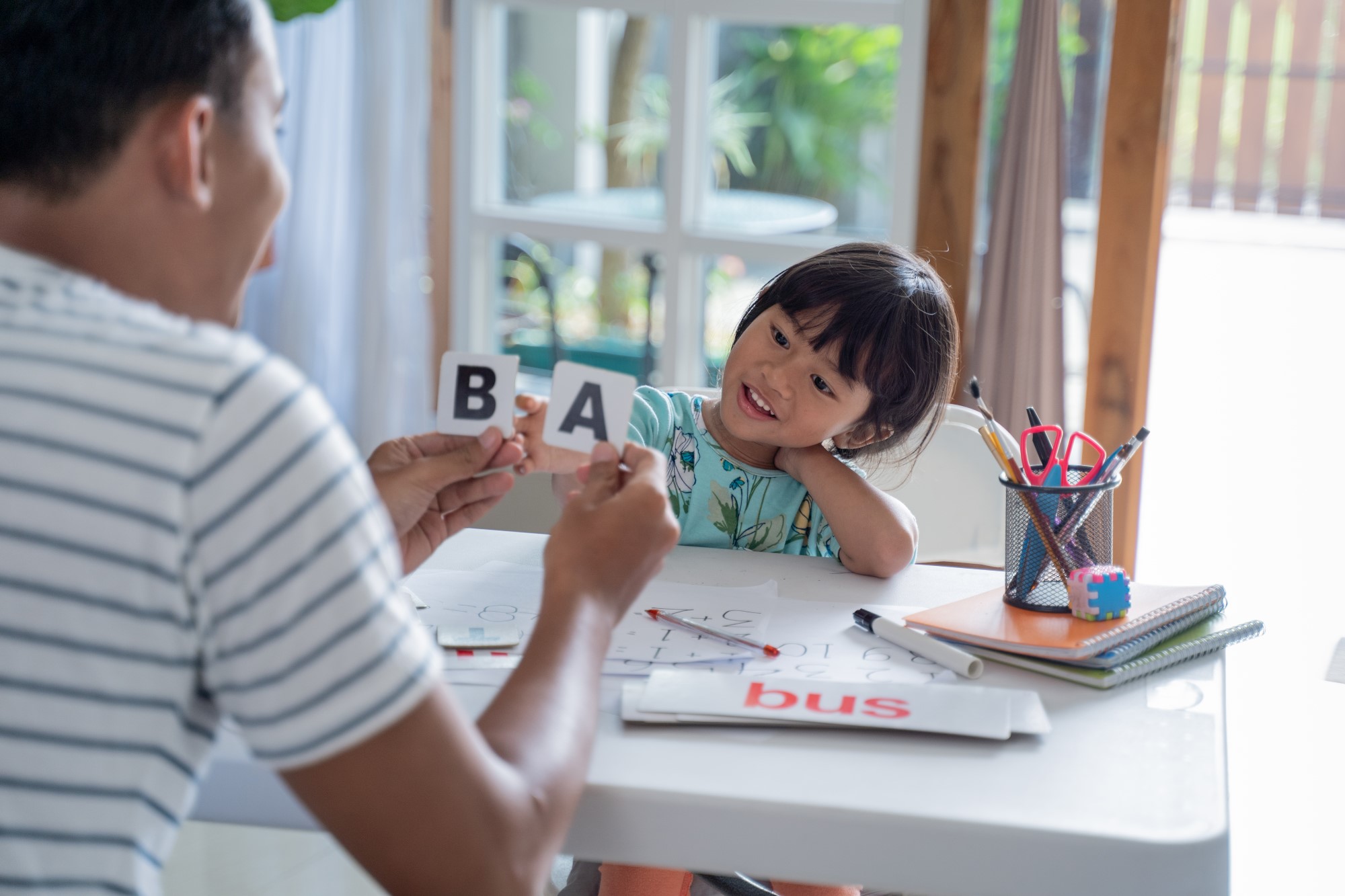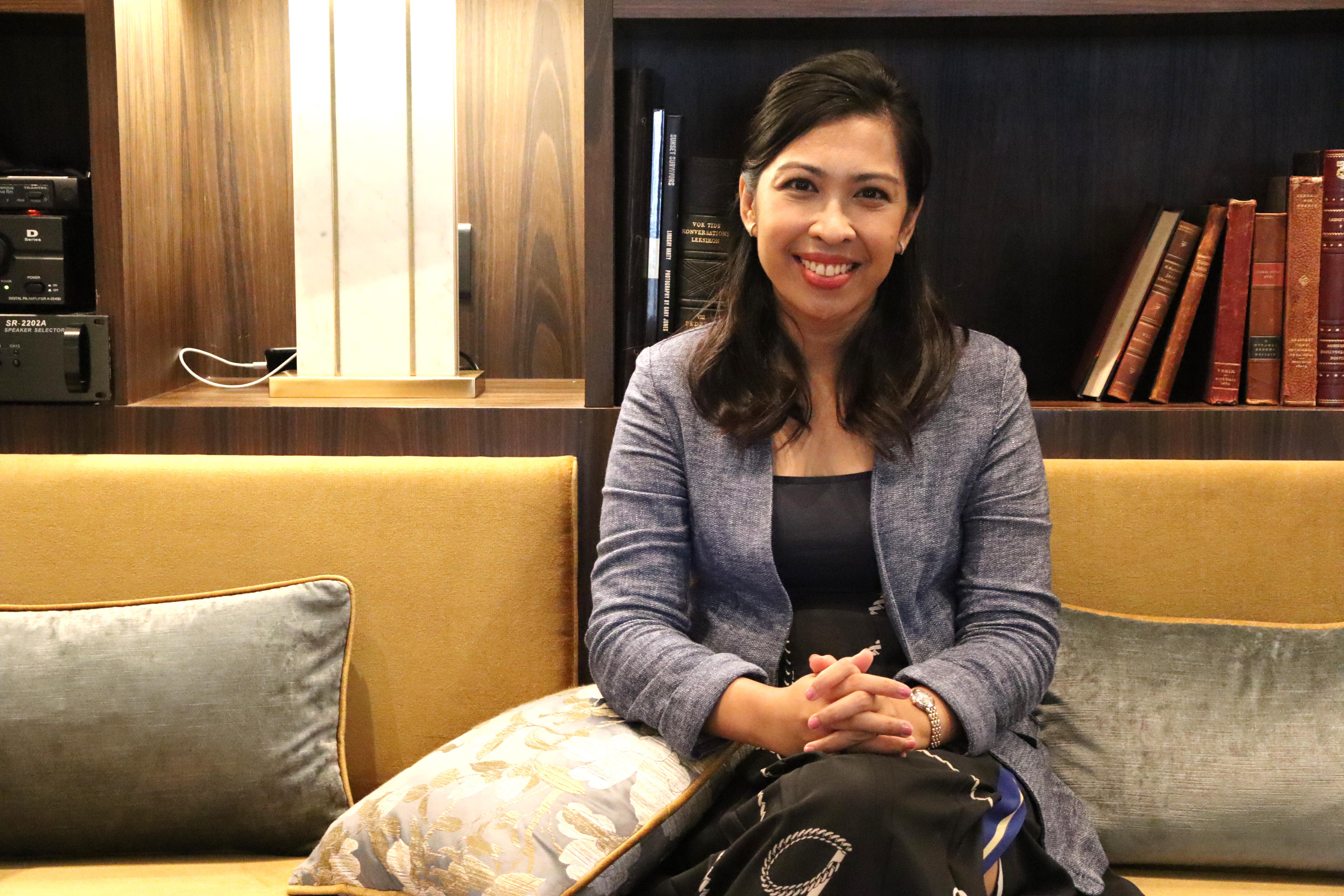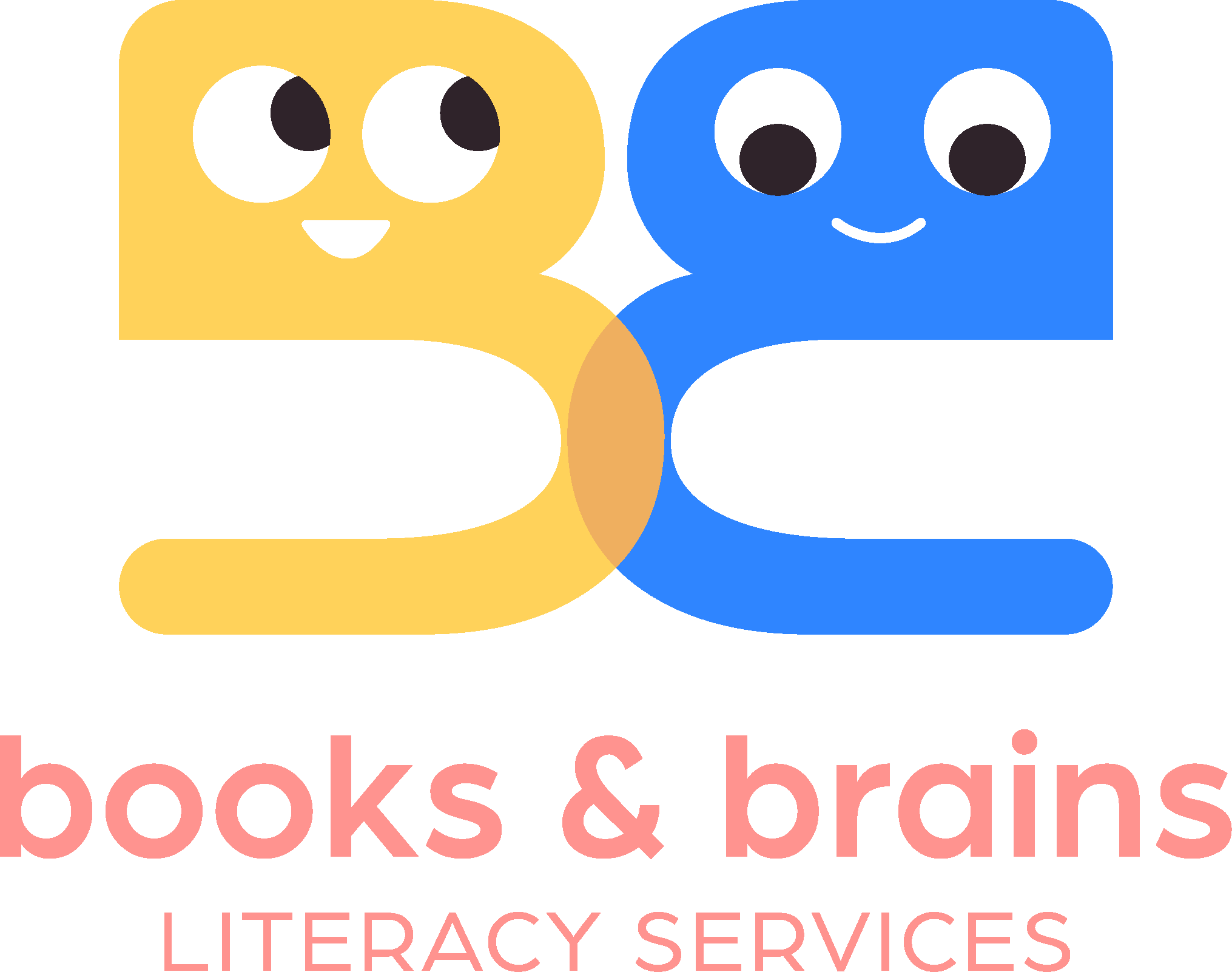By subscribing you are agreeing to our Privacy Policy
Ten common myths in children's phonics learning

It is reassuring that many parents now recognise the importance of phonics as a foundation for reading and writing. Rather than expecting children to visually remember words, they are now being trained in matching letter and sound correspondences, words to read and spell. Phonics comes from the Greek word phone, which means sound. Research has shown that we store words in our long-term memory when sounded out.
However, did you know that not all phonics programmes are effective? Here are some ideas about phonics that literacy specialist Beverly Sace of Books and Brains Literacy Services clarifies:
All phonics are the same
There are a few kinds of phonics approaches and these are mainly either analytic phonics or synthetic phonics.
Analytic phonic approaches start with whole words and the words are then analysed for chunks that represent parts of words. Children are encouraged to look at beginning letters (onsets) and then their endings (rimes). For example, children may be given the words cat, can, cup, and close to learn the sound of the letter
In synthetic phonics teaching, on the other hand, children are taught the sound values of letters. They are taught to recognise letters with sounds, rather than letter names, to blend these sounds into words, and to spell words from sounds.
The main difference is that with analytic phonics, children are told what the words are before they are analysed. Children are not taught how to read right away, they tend to recognise whole words visually which can set children up to read inaccurately.
Synthetic phonics on the other hand is now a well-researched phonics approach. Children learn 44 English sounds, rather than just 26 letters and their names. Children put sounds together to make a word. This means that children can read almost any word with the combinations of sounds they have already learnt. The British government endorses synthetic phonics and teachers must teach this kind of phonics to children, following research that synthetic phonics is the more effective approach.
Children need to learn the letters of the alphabet

You may be shocked to hear about this — many parents of toddlers teach the alphabet song and ask their children to identify letters with the letter names. However, try reading the word dog. Did you say /dee-oa-gee/? When we read, it is the sounds that we need, rather than the letter names.
Practically speaking, the knowledge of letter names alone cannot get a child to read. The knowledge of both letter names and letter sounds also slows children down. Children must recognise letters first and foremost with sounds to be able to blend them. Children who know both may be confused as to what to use — should they say the letter name (dee) or the sound, /d/?
So when should children learn about letter names? Children should learn about letter names when they already have a solid foundation in letter sounds, and before they learn other spellings of the same sound (alternative spellings). This is after they learn the 44 sounds. When children can identify sounds quickly in words, rather than thinking or saying the letter names, they will read faster.
English has so many irregular spellings, words should be memorised
Surprisingly, the truth is that only 4% of the English language is irregular and cannot be explained. This means that 96% of the English language is spelt by one of the 250~ possible regular spellings. These spellings are learned throughout primary school and give way to learning about grammar-related inflection (changes in word form such as in the present and past tense too (ie, -ed and -ing and others), as well as morphology (the study of words). Even tricky words, which have letters in them that children may not have learnt yet are actually regularly spelt.
There are five vowels in English, and when they go walking the first one does the talking
Did you know that there are actually 20 vowels in English — 6 short vowels, 5 long vowels, 3 r-controlled vowels, 5 other vowels and the swallowed vowel, the schwa. And no, when two vowels go walking, the first one does not always do the talking — try the vowels /oi/, and /ou/!
Phonics is only about reading

Phonics learning is actually the learning of the main phonics skills:
- letter and sound recognition,
- letter formation,
- blending and fluency at different levels — word, phrase, sentence and book levels,
- spelling and writing, as well as the teaching of
- common exception words usually called tricky, camera or heart words.
Effective phonics programmes teach spelling, which is the other side of the phonics coin. For children to spell well they must be able to recognise sounds in speech, remember how to encode these sounds into letters on paper (or device) fluently and so also need to be able to form letters quickly and legibly.
We learn words by remembering how they look
Research shows us that words are stored in our long-term memory through their sounds, rather than how they look. This means that if you would like your child to remember words, these words need to be read aloud, sound values matched to their spellings and their meanings learned. This also means that children will remember words better if spelt using letter sounds, rather than letter names.
My child does not need to practice how to read or spell at home
Any skill needs to be applied and practised, and if this can be supported at home, all the better! Children need books they can read which are reading practice books called decodable books. Ask your school about them. If a non-judgmental adult can be around to listen and gently guide during reading practice, children’s reading progress and confidence can skyrocket.
Meaningful writing exercises that can be done at home include writing out the grocery list, writing a birthday card for a friend or simply writing out a lovely note for mum and dad!
All reading books are the same

The truth is that many publishers market their books as “phonics” books. However, they are not all true phonics books. One clue to finding out whether books support phonics learning can be found on the back cover of books. It would usually state that they focus on some target sounds and tricky words, and ONLY these sounds and tricky words are in the book. Parents must avoid books that force children to guess, look at pictures for clues or memorise words.
A note about children’s picture books — these books are for adults to read to children, and are valuable in supporting vocabulary and topic knowledge growth. Don't ask children to read complex words in them, which may discourage and damage confidence.
Apps do not help children read or, an app can teach my child to read
With the proliferation of online educational solutions, as with books, parents must be discerning in choosing the right kinds of apps. Some apps which use the synthetic phonics approach and draw from the Science of Reading can be valuable supplements to your child’s trained reading teacher. Having said this, as your child’s reading skills develop, a trained reading teacher is important to give your child the right instruction and feedback so she can develop in the right direction.
My child will read in his own time
While the ages of 2 or 3 may be too young for formal reading instruction, there is much that educators and parents can do to support literacy development at this age such as having bedtime story routines, read-alouds, playing rhyming and alliteration games and singing songs. However, research also shows us that when children struggle to read past the age of six, it may be very difficult to get children to catch up. With the English spelling system, it may take up to two years for children to master phonics principles. Children should start learning how to read at the very latest at the age of four so that there is ample time to learn how to read accurately. After reading skills are acquired, they allow children to easily comprehend topics in primary school subjects with less struggle. Do not leave your child’s reading development to chance!
About Books and Brains Literacy Services

Principal Literacy Specialist Beverly Sace runs a reading clinic within the resort-like Banyan Workspace in Quarry Bay. She is trained in synthetic phonics instruction and is a prominent advocate of synthetic phonics and the Science of Reading in Hong Kong. She regularly sees children with gaps in their reading development and works with them to ensure that they catch up to their grade level (or beyond) so that they can focus on reading to learn rather than learning to read.
Contact Beverly Sace and set up a free assessment appointment
WhatsApp: 98175167
Email: bev@booksandbrains.org
Suite 1204, Banyan Workspaces,
28 Hoi Chak Street, Quarry Bay



